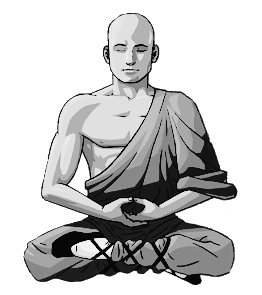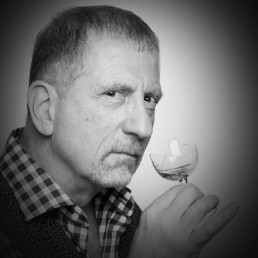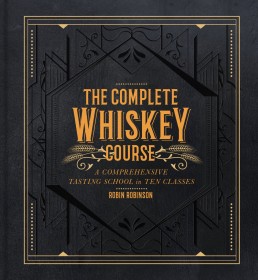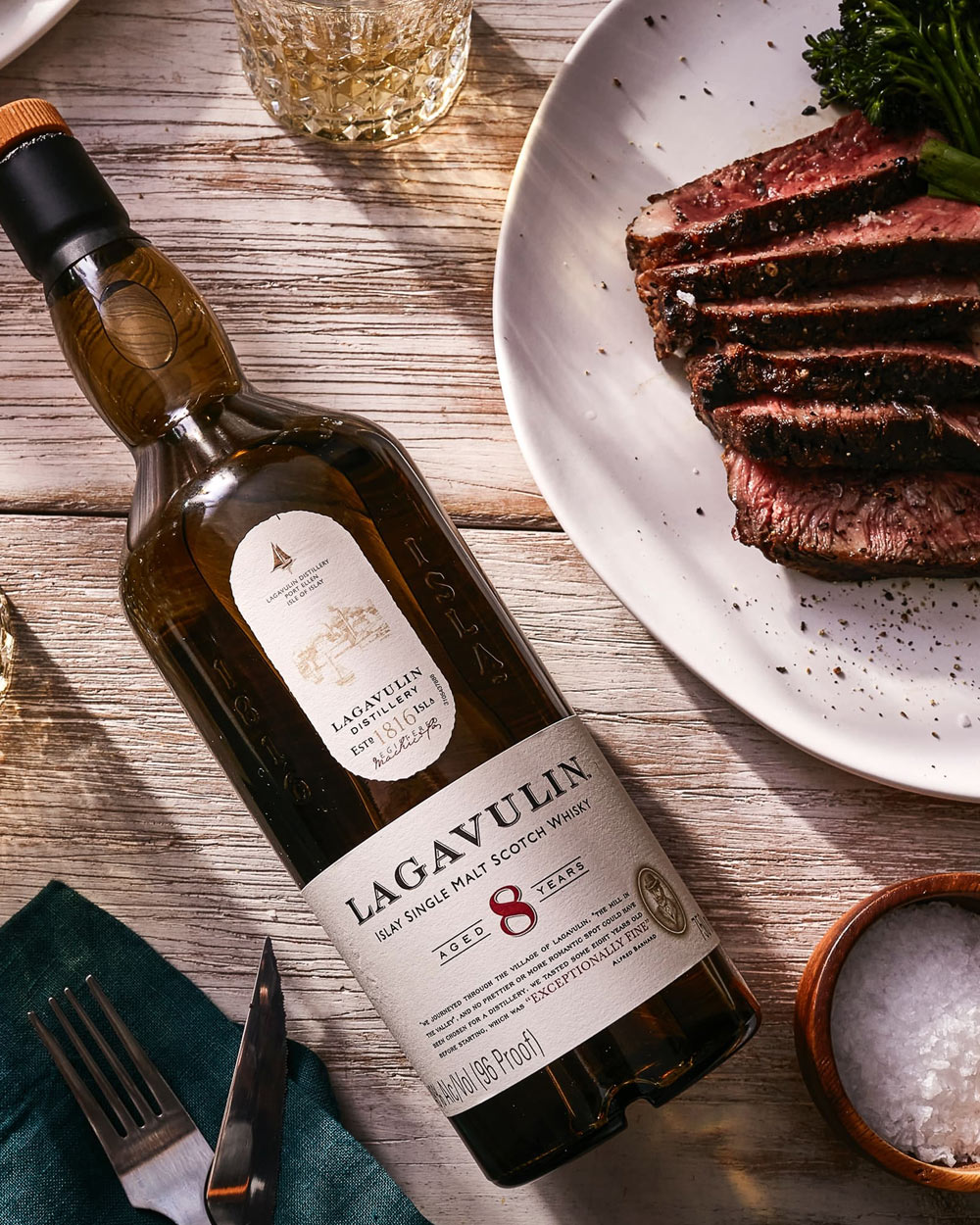Class is in session!
To keep your whiskey game on point we’ve tapped Barleycorn contributor Robin Robinson who compiled excerpts from his most excellent book, “The Complete Whiskey Course: A Comprehensive Tasting School in Ten Classes.” Part I explores the origins of uisce beatha, the water of life.
Human culture takes its time when it comes to innovating and improving on existing technology, centuries in some cases, and it’s no different when it comes to making whiskey. There was no “a-ha” moment in its creation. Whiskey was born of inspiration, trial, and a lot of error. While there is scant evidence from the Eastern part of the world as to when their influence on distillation began, we can identify four basic groups of people who are responsible for getting whiskey from “brain to glass” in the Western world.

The Farmer
Since the dawn of society when farming was first practiced, there were times when the farmer wasn’t able to get his grain to market, when it was left either in the field to wither or in containers to rot. The rotting led to a key transformation of grain that naturally fermented as it decomposed. The farmer’s ancestors had been drinking fermented fruit and honey since the dawn of time, to ward off water-born bacteria. This evolution lead to the production and consumption of fermented grains as ale or beer, the heart of whiskey.

The Monks and the Righteous Wanderers
The long course of distillation’s journey around the world is inexorably linked to religion. Science and religion are generally considered incompatible today, but in the ancient world they were one and the same. In pursuit of dyes, ointments, perfumes, and tinctures, it was the shaman of ancient Persia, mystics of the Alexandrian period, and the philosophers of ancient Greece that developed the purification of base materials to honor their gods. In the evangelism of their beliefs, they spread the word of both.
 Distillation first reached Europe by way of the Iberian Peninsula through the Islamic invaders of the eighth and ninth centuries. There it fell into the hands of the only social class that could understand it, the monks and the abbots of the diminished Byzantine Empire, emerging from the Dark Ages. These were the ancient doctors and pharmacists. Their monasteries and cathedrals were the research facilities of their time, and the practitioners inside them were the equivalent of today’s scientists and engineers. They saw this new wonder—distillation—where the separation of one elemental life force, liquid, into another elemental force, gas, resulted in a holy “spirit.” As it could only have been inspired by God, it was a cleansing force, a physic that healed, an aqua vitae, or water of life.
Distillation first reached Europe by way of the Iberian Peninsula through the Islamic invaders of the eighth and ninth centuries. There it fell into the hands of the only social class that could understand it, the monks and the abbots of the diminished Byzantine Empire, emerging from the Dark Ages. These were the ancient doctors and pharmacists. Their monasteries and cathedrals were the research facilities of their time, and the practitioners inside them were the equivalent of today’s scientists and engineers. They saw this new wonder—distillation—where the separation of one elemental life force, liquid, into another elemental force, gas, resulted in a holy “spirit.” As it could only have been inspired by God, it was a cleansing force, a physic that healed, an aqua vitae, or water of life.

The Distiller
The distiller is equal parts magician, shaman, mystic, and scientist. He or she coaxes forth a spirit from a bubbling, boiling stew of fermented juice and turns it into a bottled elixir. The distiller learned that the concentrated alcohol was a solvent and used it to immerse plants, herbs, and roots to extract their essential oils, and today we still enjoy liqueurs like Chartreuse and Benedictine, made by monks with ancient recipes.
In Ireland, it took an act of the state to release these holy men into the general populace. Specifically, Henry VIII’s split with the Church of Rome in 1536 ejected the churchmen from their abbeys and monasteries. The now-itinerant monks spread the art of uisce beatha (ISH-ke BEE-ha), the Gaelic “water of life,” throughout the western world and became the first distillers at large. They purified and concentrated the ales and wines of everyday peasant life. Distillers multiplied by the thousands over the next 100 years throughout Ireland, Scotland, England, and Wales.

The Taxman
In a darkly comic twist, it is the taxman—by way of kings, princes, and the state—who has done more to spread distillation and create whiskey as we know it than any other single entity. In a never-ending quest to extract payment from distillers in the form of a duty or tax, the taxman forced the distiller to change, move, rectify, or adapt his methods in ways that he alone would have found otherwise unnecessary, leaving the taxman to have the biggest single impact not just on production, but the flavor of whiskey as well.
"In a darkly comic twist, it is the taxman—by way of kings, princes, and the state—who has done more to spread distillation and create whiskey as we know it than any other single entity."
Want to become an instant whiskey expert? Buy The Complete Whiskey Course Today!
The Complete Whiskey Course, by Barleycorn tasting judge and contributor Robin Robinson, is a comprehensive but entertaining whiskey education rolled into ten “classes,” all in one book. Voted Best Whiskey Book of All Time by Book Authority, if you love whiskey, this belongs on your shelf, and should become well worn and heavily earmarked.

Robin Robinson
Robin Robinson is the author of The Complete Whiskey Course: A Comprehensive Tasting Guide in Ten Lessons, released in 2019 and winner of the 2020 Gourmand Award for Spirits Education. Robin created and teaches the popular “Whiskey Smackdown” series of classes at New York City’s renowned Astor Center, the longest running whiskey education class in the U.S., now in its 11th year.


